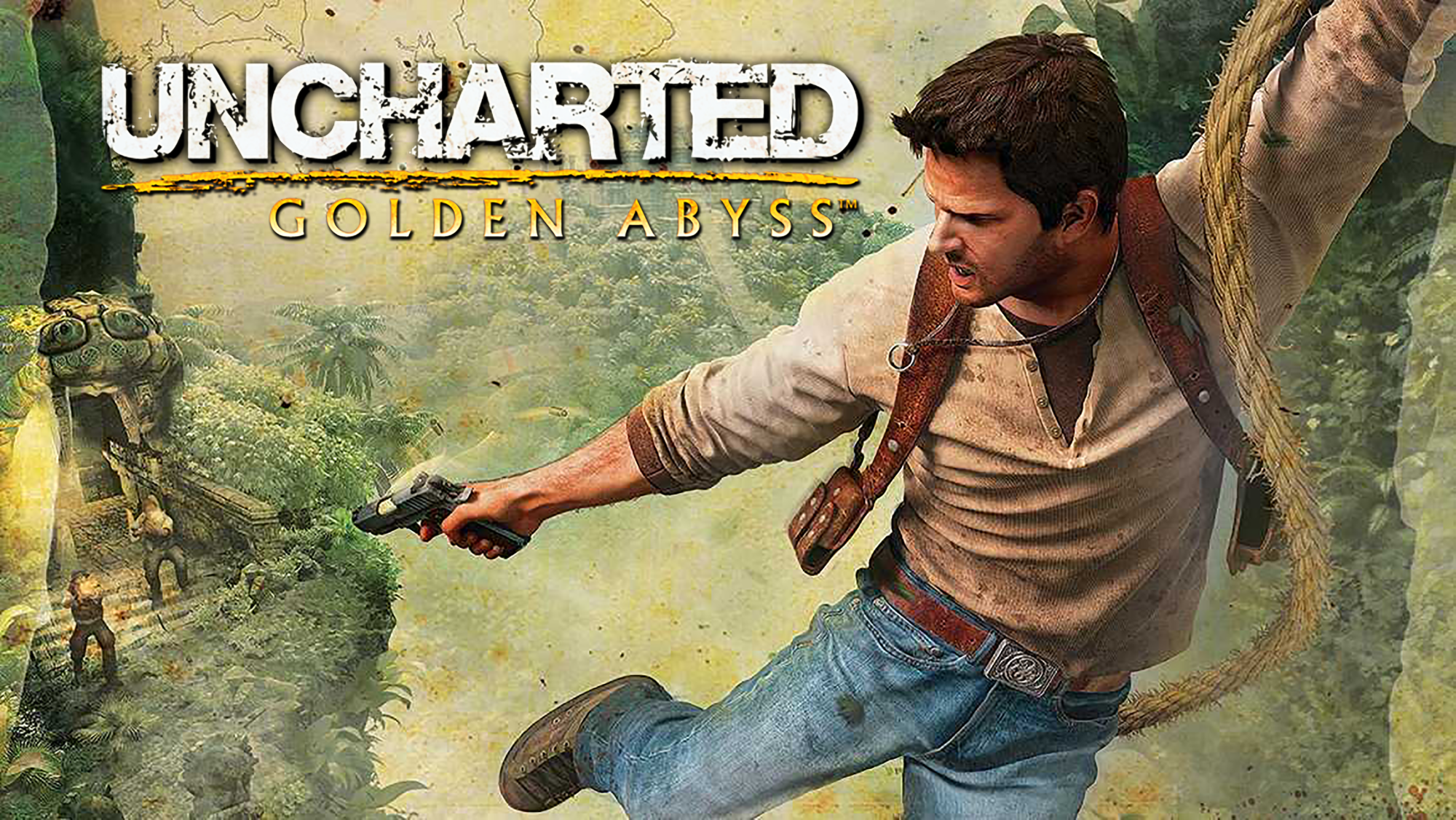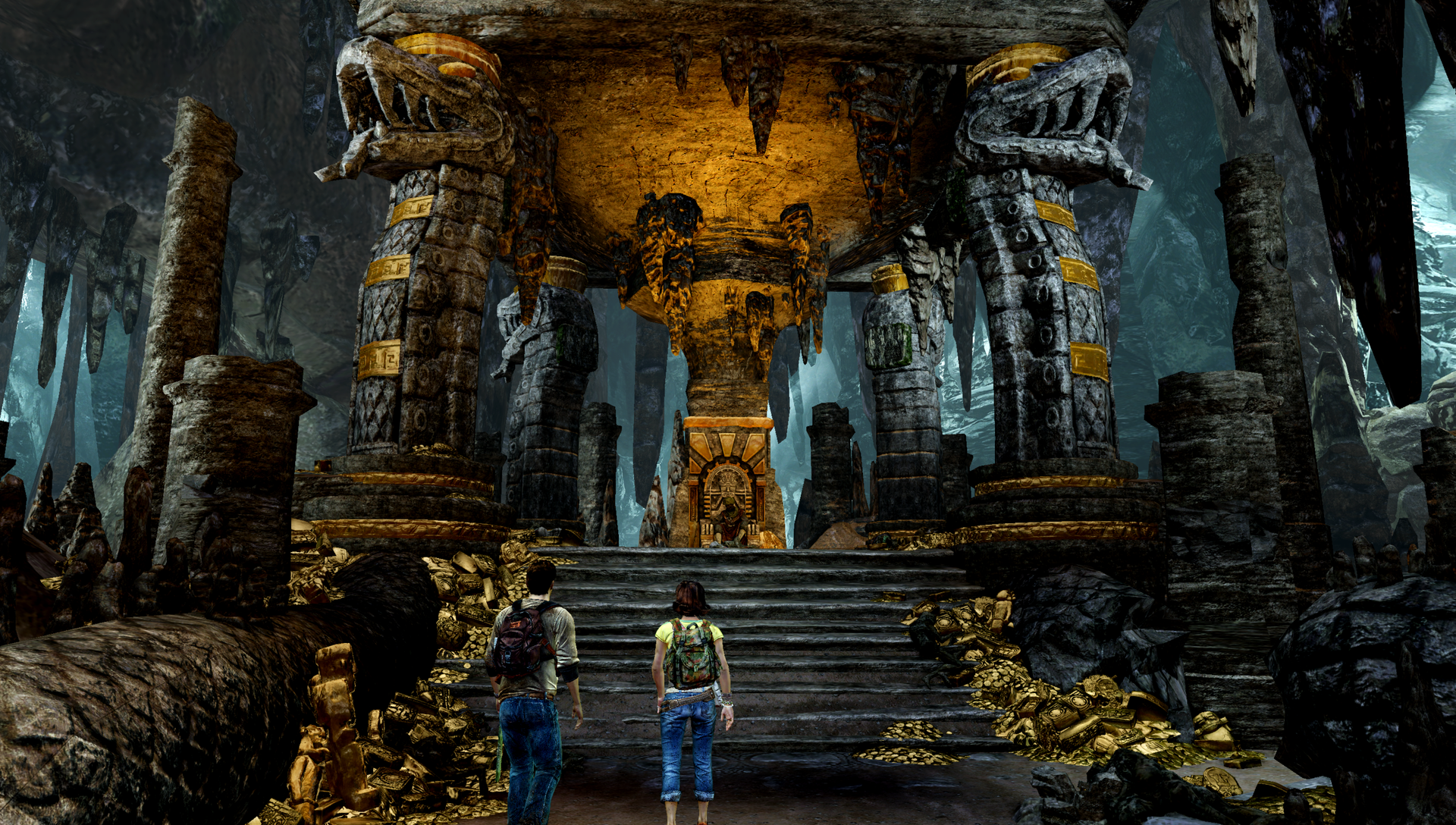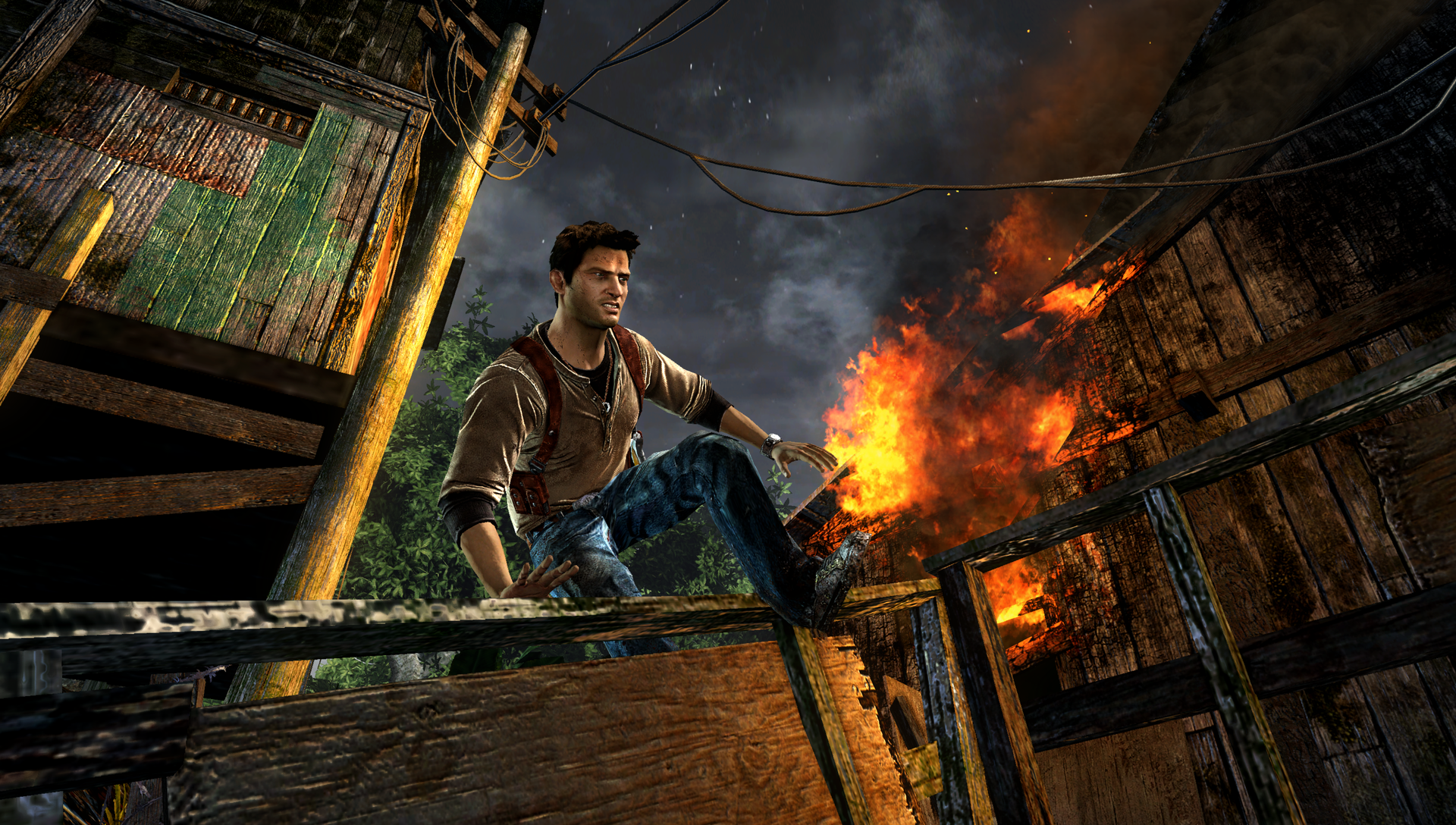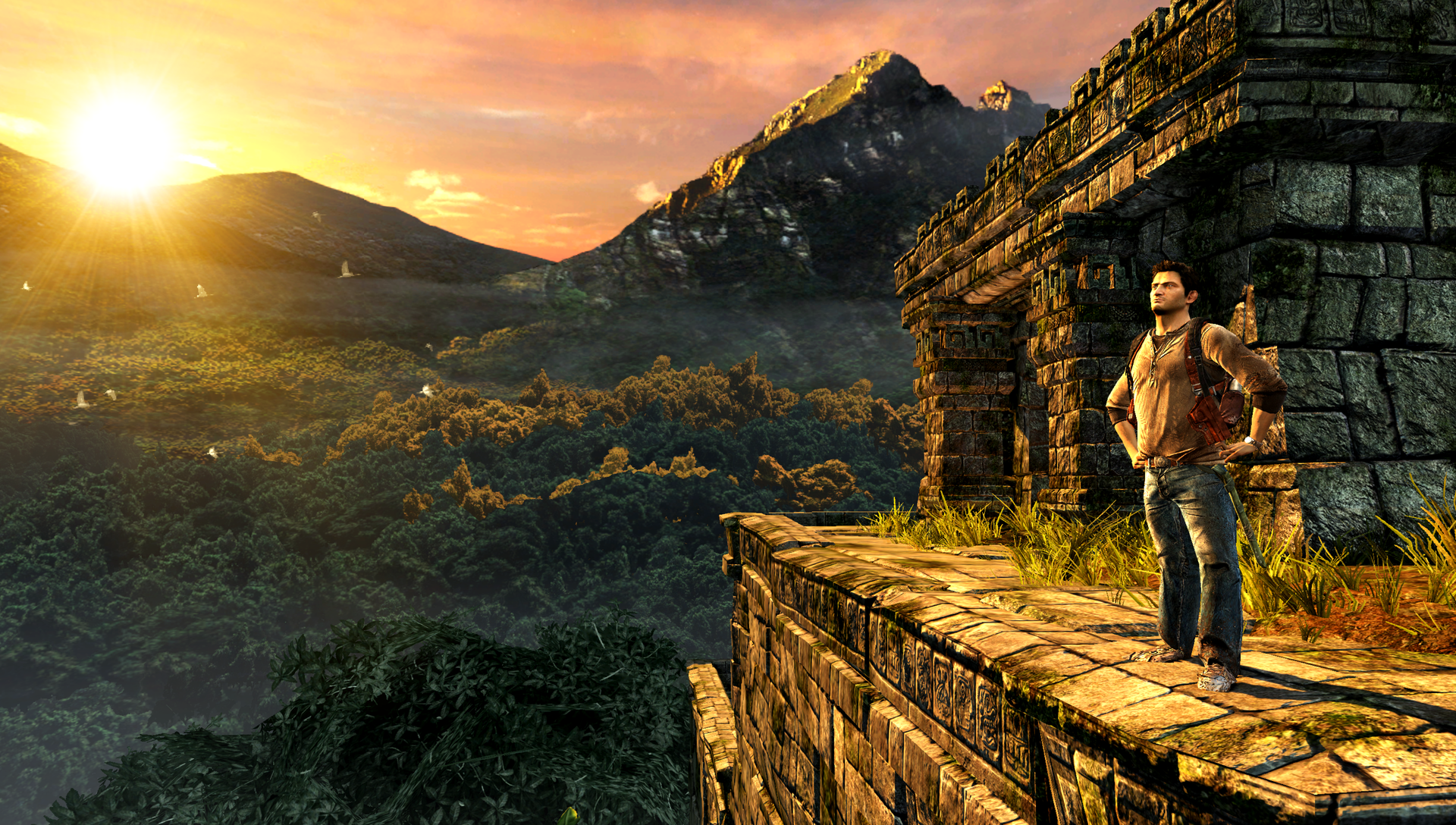UNCHARTED: Golden Abyss 10-Year Anniversary
Kevin McAllister


On this day 10 years ago, UNCHARTED: Golden Abyss launched in North America. Somehow, those years are now gone, but as we sat down to talk about this beloved title, we started to reminisce about that UNCHARTED adventure you could take on the go with you. We spoke with our Studio Head, Christopher Reese, on developing UNCHARTED: Golden Abyss and reflected on the climb to launch and the treasures we brought with us afterwards.
What was your fondest memory with your time from UNCHARTED: Golden Abyss?
UNCHARTED: Golden Abyss remains to be one of my most favorite titles I have worked on. It was a turning point for future console R&D development within Sony, with the hardware teams collaboratively working directly with the game teams. This was a great experience that has ultimately led to higher quality games being produced today. As a studio and developer, we continue to help shape the future of hardware that allows us to create incredibly detailed and expansive worlds to tell rich stories in, but with that said, I do remember sitting in the audience at the PS Vita announcement in Tokyo where hardware and SDKs were close to final but still had some “issues” to iron out. One of these issues we encountered days before the announcement was a very rare to reproduce hardware crash, and we were working very closely with all the teams in Tokyo onsite to find a software solution. The clock ran out, and all of us sat there as we watched Shuhei Yoshida take the stage and show the world, for the first time, the PlayStation Vita along with a live demo of UNCHARTED that went flawlessly. It was nerve wracking but an incredible experience to watch unfold, after years of development, to see these two incredible products come together.
How much pressure was there to get UNCHARTED right
after the successful first three titles from Naughty Dog?
We knew right from the start of the concept that to bring UNCHARTED to a portable platform, we needed to set out to create a new chapter that would have its rightful place in the series and provide new ways to experience UNCHARTED style gameplay on the PS Vita.
If there was any pressure put on the team, it came from within Bend Studio. It was on us to ensure we had the right combination of a compelling story to tell with the introduction of new characters Marisa Chase and Jason Dante and meeting our very ambitious goal of players having a console-like experience on a handheld.

How closely did the team work with our sister studio Naughty Dog during the development phase?
We worked with Naughty Dog initially to get debug builds and code drops so that we could begin evaluating and, ultimately, reverse engineering animations and player actions. We knew that UNCHARTED on the console was very much engineered to fully utilize the power of those consoles, and the PS Vita, while very impressive hardware, was not a PlayStation 3.
So, while a significant part of the team was dedicated to developing a proprietary PS Vita engine to pull off an UNCHARTED with high fidelity visuals and core player gameplay actions, our other primary focus was working on the narrative. That is where we spent most of our collaborative time with Naughty Dog to ensure we were hitting the tone and expectations that come with a successful UNCHARTED story.
One of the most talked about features with UNCHARTED: Golden Abyss was the PS Vita functions, such as holding your device up to a bright light revealing a mystery from a piece of parchment paper. How did these ideas originate?
We were one of several PlayStation Studios that were involved in the ideation of features during the early development of the hardware. Periodically, we would attend behind closed door conferences to demonstrate unique gameplay ideas, utilizing the various features that the PS Vita provided. It has always been core to the DNA of Bend Studio to challenge and create unique ways to interact and bring new experiences to the player, and this was the opportunity that gave us exactly that.
The fun really began for the team when some of our ideas required us to duct tape together prototype OLED screens with cameras and DualShock controllers to test our ideas to see how well they would work for UNCHARTED-style puzzle solving and clever ways to use the gyro for aim assist options.
UNCHARTED: Golden Abyss gave our studio the opportunity to work with performance capture for the very first time. What type of learning experience did that provide?
We had been working with a combination of hand-animation and motion capture that would use ADR sessions with actors to provide the voiceover. With UNCHARTED, we wanted to make sure we brought the same level of quality and fidelity with the actor performance that players had started to become accustomed to on the console. This gave us the opportunity to do what is called “performance capture” where both the motion of the actor and voice acting are captured simultaneously, much in the same way a movie is directed. This was still very cutting edge at the time and was another area where we had the opportunity to work with and learn from the experience Naughty Dog and the PlayStation Visual Arts Teams had in this field.

From the PSP to the PS Vita, Bend Studio has developed multiple titles in the portable world of PlayStation. How much of your learnings from Syphon Filter on PSP did you implement with UNCHARTED: Golden Abyss on the Vita?
We really enjoyed our work on the PlayStation Portable (PSP), and our strategy to bring a console-like experience to the handheld really started with our work on Syphon Filter and, ultimately, Resistance: Retribution. We found that we could carefully craft an experience that not only engaged players on the PlayStation 2 console with Syphon Filter: Dark Mirror and Logan’s Shadow but share that same console experience on the go with the PSP.
With the hardware advancements, i.e., most importantly, dual analog sticks, the PlayStation Vita promised us something that we could begin to really deliver on without compromise, the kind of third-person action/adventure titles we so enjoyed developing.
While working on UNCHARTED: Golden Abyss, what was the biggest takeaway you learned that still applies to this day?
Game development must be agile. It is an interactive medium where we must find the fun, and you can only do that with testing ideas over and over and over until you get what is perceived to be right. With the work we did on UNCHARTED: Golden Abyss, we were always in lockstep with the prototype hardware development, which meant that we needed to be testing hardware features and performance constantly to be able to provide critical and pertinent feedback to the hardware teams to make any necessary changes. Those changes require lead times that you just don’t have to adhere to quite so rigidly when only developing from a purely software side of things, as we had been accustomed to on our previous titles. We still take many of those practices we learned from those days to our development today.
Any special nuggets you can share with our players that may have been cut before launch?
In true Bend Studio fashion, UNCHARTED: Golden Abyss was a very full featured game and experience. Given the hardware opportunities, we wanted to find ways to challenge ourselves that would both innovate and elevate gameplay mechanics, and as a result, not a lot was left on the cutting room floor. What you played in UNCHARTED: Golden Abyss was a true culmination of the excitement and passion of everyone at Bend Studio and the supporting Audio and Visual teams that worked on the title. It truly was an experience that I will always cherish as a game developer!
